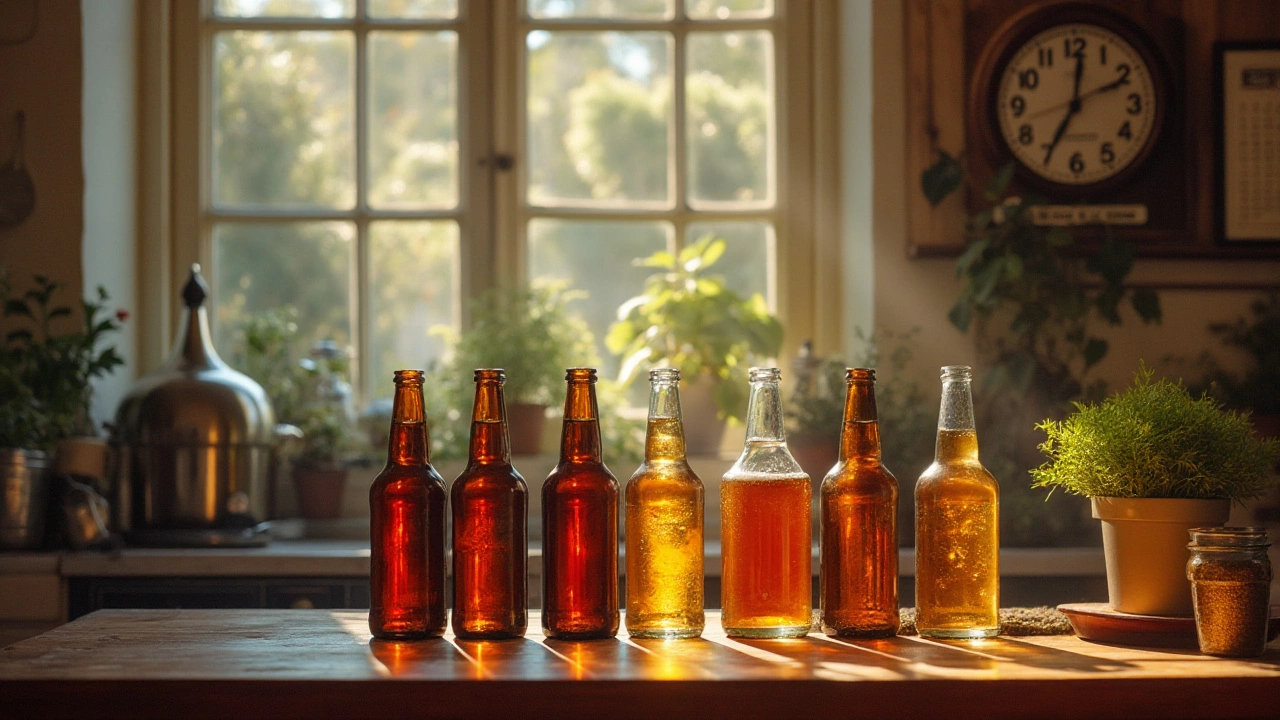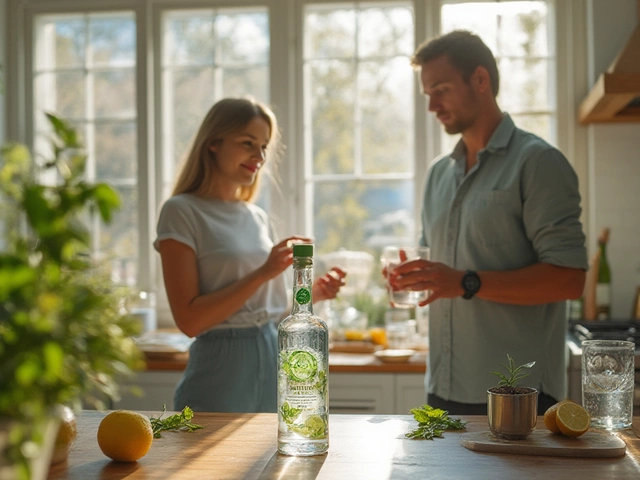Bottling Time: Why It Matters and How to Nail It
Ever wondered why some wines age like a fine piece of art while others go flat fast? The secret often lies in the bottling moment. Getting the timing right can boost flavor, keep faults at bay, and save you money. Below you’ll find the basics of bottling time, plus quick tips you can use today.
When to Bottle: The Sweet Spot
Most winemakers wait until fermentation is complete and the wine has cleared enough to avoid sediment in the bottle. For white wines, this is usually 2‑4 weeks after fermentation; reds need a bit longer, often 4‑6 weeks, to let tannins settle. If you bottle too early, you risk cloudy bottles and premature oxidation. Bottle too late, and you might miss out on fresh fruit aromas because the wine has already started to mellow.
Another key factor is temperature. Aim for 55‑60°F (12‑15°C) during bottling. Higher temps can speed up unwanted chemical reactions, while colder temps slow down the process and make the wine harder to filter.
Practical Bottling Tips for Home Winemakers
1. Sanitize everything. Bottles, corks, caps, and tools need a good soak in a sanitizer like potassium sorbate or a diluted bleach solution. A missed spot can turn a promising batch into a spoiled one.
2. Use the right closure. Natural cork works great for wines you plan to age, but synthetic corks or screw caps are better for wines you’ll drink young. Screw caps give a tighter seal, reducing oxidation risk.
3. Don’t overfill. Leave about ¼‑½ inch of headspace. Too much air gives oxidation a chance; too little can push corks out during transport.
4. Label promptly. Write or print labels while the bottles are still warm. This way you avoid smudging and you’ll always know what’s inside.
5. Store correctly after bottling. Keep bottles on their side if you use corks – it keeps the cork moist and airtight. For screw caps, upright storage works fine. A dark, stable environment (around 55°F) is ideal for aging.
Following these steps will help you produce clear, stable wines that taste great straight out of the bottle or after a few months of aging.
If you’re curious about specific bottling stories or want to see how other wine geeks handle their bottling schedules, check out the posts under the “bottling time” tag. You’ll find everything from mocktail recipes that pair well with freshly bottled wines to deep dives on why certain spirits need extra patience before they’re ready.
Bottom line: timing, temperature, and tidy sanitation are the three pillars of a successful bottling run. Keep an eye on those, and you’ll likely avoid the most common bottling pitfalls. Happy bottling!
Embarking on the homebrewing journey entails a delicate dance of patience and timing. After bottling your brew, understanding when it's ready to drink ensures you savor every crafted note. This article explores essential waiting periods, influences on beer maturation, and pro tips to enhance the flavor profile. Dive into the rich tapestry of homebrewing and unlock the perfect sip experience.
View Details

